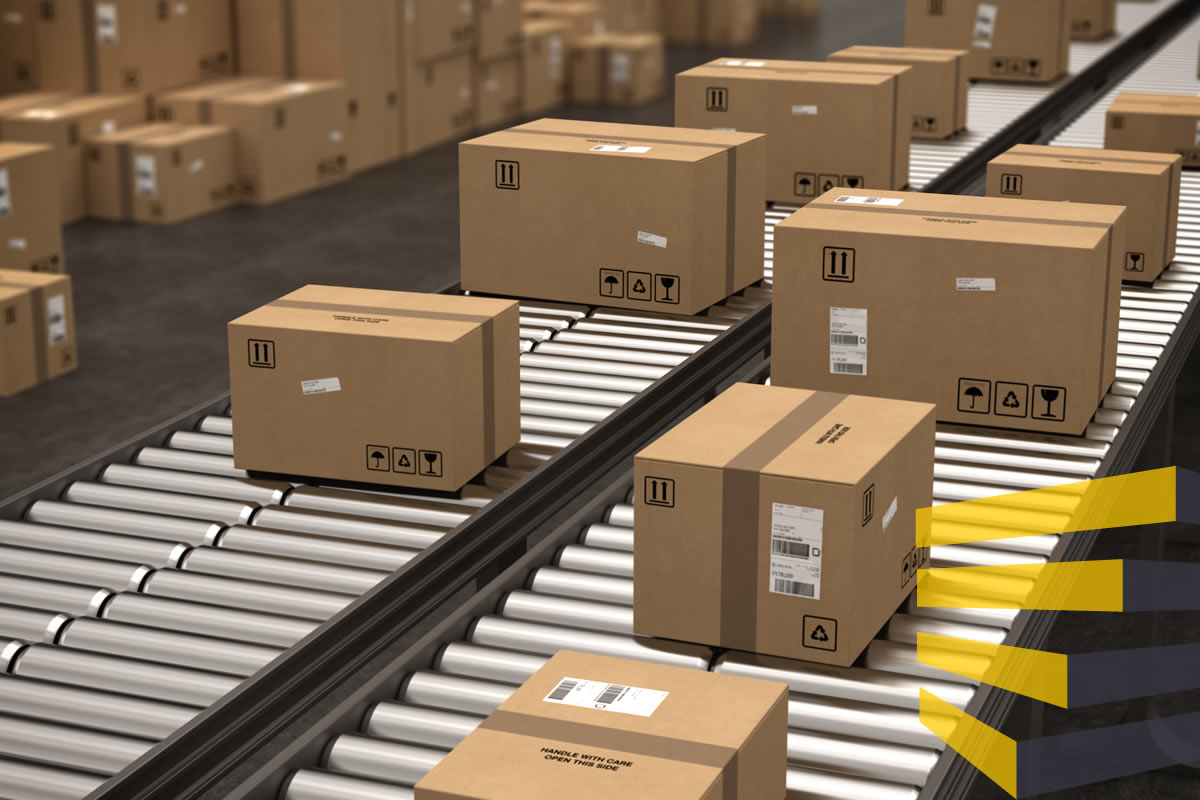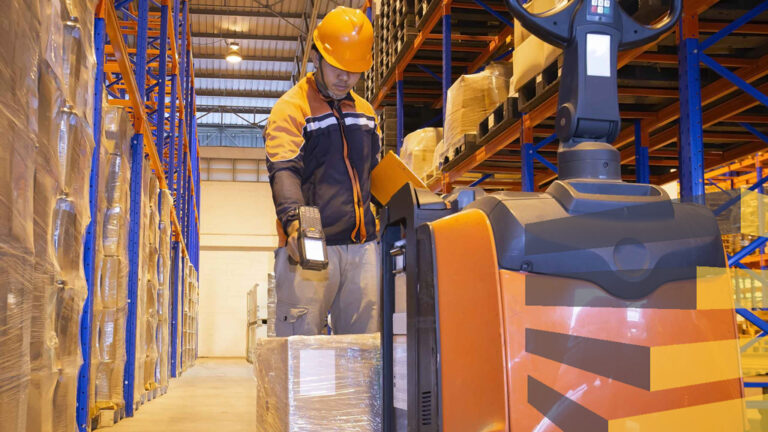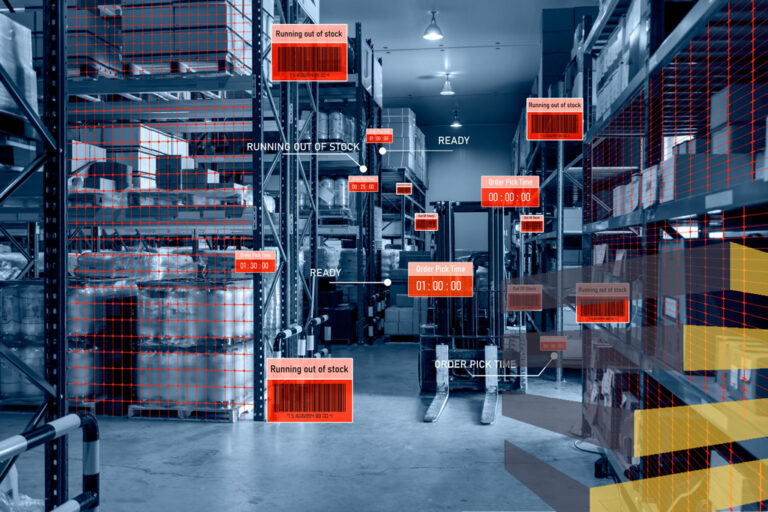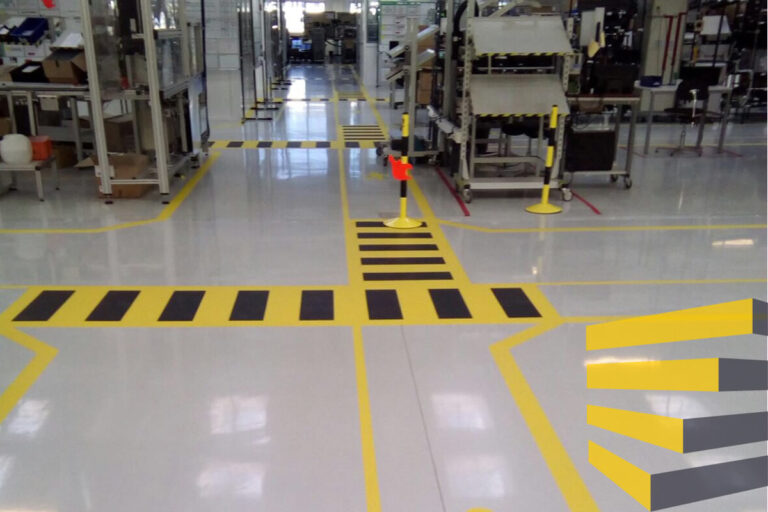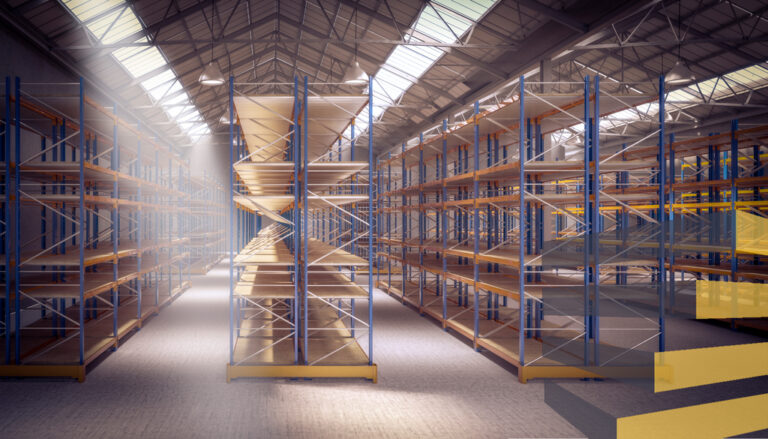Table of Contents
A wide variety of types of warehouses is used based on the objects they handle and their place in the production and distribution chain. Different types of warehouses will be set up and managed in specific ways, so understanding which you need is critical to planning and setting up your operations.
Warehouses have evolved along with the industries that use them, with both usage and the guidelines and safety standards they follow changing over time.
New industries that rely on warehouses and distribution centers, such as e-commerce, have also emerged, creating demands that were not previously seen.
SEE ALSO: Warehouse project management: 5 important things you must get right
Below, seven of the most common types of warehousese are highlighted, which may be of interest to anyone planning on opening a facility to support their business.
At Serviap Logistics, we provide warehouse setup, refits, and relocation services in Brazil, Mexico, and the United States.
Contact us today to find out more.
Things to consider regarding types of warehouses
When considering the different types of warehouse to find the one that best suits your needs, two major considerations will be the variety of products being stored, and the type of system being used to process them.
For example, storing raw materials will require different setup procedures to finished goods or fresh produce. While a first in, first out (FIFO) system may be more suited to a different type of facility to a last in, first out (LIFO) system.
SEE ALSO: 6 warehouse racking options to improve efficiency
When it comes to delicate goods, food, or perishable products, the best thing will be an indoor warehouse with specific lighting, refrigeration, and other conditions to help preserve your products and prolong their life.
However, if you just need somewhere to store products securely before distributing them, you may opt for an outdoor warehouse, which will generally be a cost-effective option.
7 different types of warehouses
1) General storage warehouses
Also known as central warehousing, this is where businesses store their goods after production. They are usually located close to the company’s manufacturing center and have the function of storing, handling, controlling, distributing, and even marketing goods. They are the start of the supply chain.
In these general warehouses, goods are accumulated in a single location, and inventory is carried out in a variety of ways, from floor storage to the use of semi-automatic and automatic shelving, manual and automatic storage systems, and more.
2) Distribution centers
One of the types of warehouses that had grown considerably in use is distribution centers, which receive goods from the production centers, sort them, and prepare them for shipment to the final consumer.
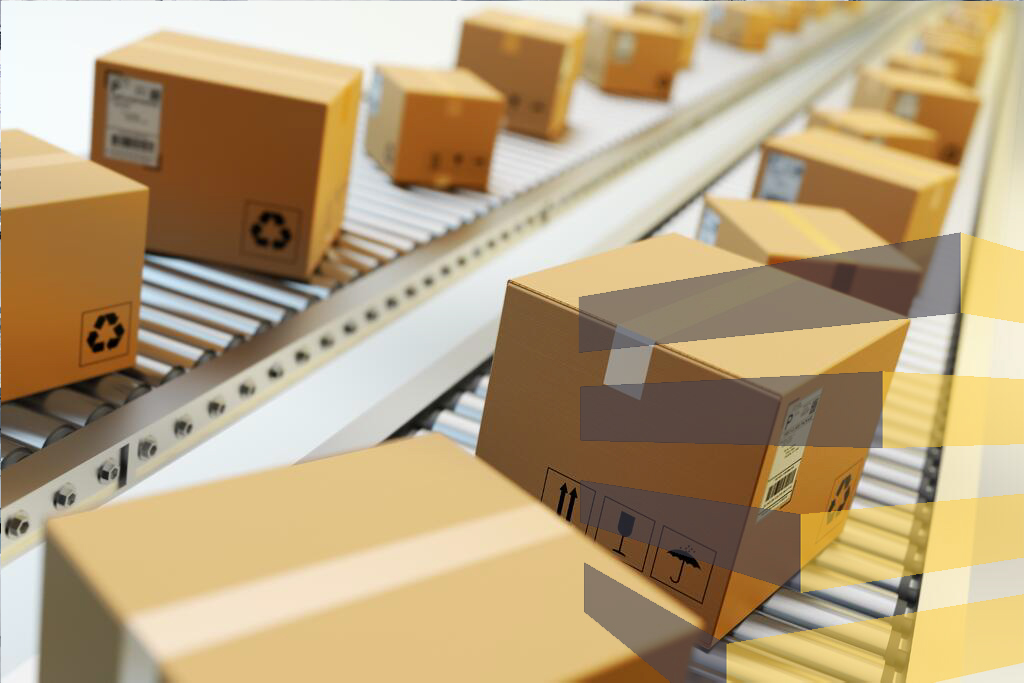
This makes them part of the final mile part of the supply chain. They also ensure that specific products remain in stock to be distributed according to regional demand.
The distribution centers are strategically located, as they are as near as possible to the end customer. The closer location helps to minimize delivery times, prevent damage to goods, and provide the best service to consumers. They will see high volumes of smaller vehicles, or possibly even drones.
3) Cross-dock warehouses
As the name implies, these warehouses assist in the transit of goods before moving to the next production stage. They also specialize in moving goods from inbound to outbound trucks or other modes of transportation. They are usually part of extended supply chains, often crossing borders.
By offering temporary storage of goods, these warehouses tend to have a constant flow of products that only accumulate in stock for a short period. This is why they are widely used by the food industry, retail, and, more recently, e-commerce. Cross-deck warehouses serve as an intermediate point for receiving, short-term storage, and shipment of goods.
4) Production warehouses
Production warehouses are one of the most common among the types of warehouses, being used to store material resources, work-in-process, and goods needed for manufacturing operations. They typically have to be carefully designed to avoid mistakes between different zones.
These warehouses store raw materials, production parts, components, semi-finished products, and supplies. In addition, production warehouses are characterized by temporary storage intervals and are located at or very close to the production sites.
5) Automated warehouse
An automated or intelligent warehouse is one of the most advanced types of warehouses, taking advantage of robotics and innovations to receive products, store them, organize them, prepare them for orders, and ship them, keeping inventory constantly updated. Drones may be used as part of the operation as well.
These types of warehouses minimize the number of humans required for their operation and have automated low-emission tools, conveyor belts, and unmanned equipment, so their operating costs are high. However, they haver correspondingly lower human resource costs such as payroll for example.
6) Temperature-controlled warehouse
Temperature-controlled warehouses allow food, medicines, plants, cosmetics, and many other products to be kept in good condition and have a longer shelf life.
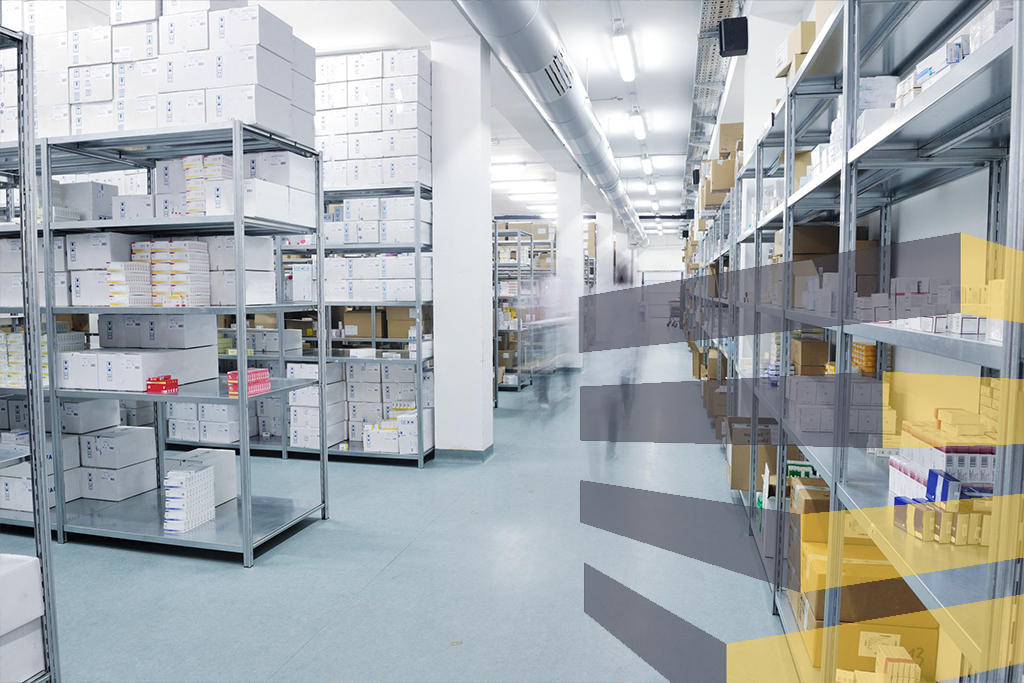
There are also some products that may require special circumstances for storage in order to comply with regulations.
Cold storage is perfect for managing sensitive products. However, it involves electrical energy costs, compliance with high safety standards, and repair and maintenance costs. The same costs and problems will occur for items that need to be kept at artificially high temperatures, with heating replacing air-conditioning.
7) Bonded warehouse
Among the different types of warehouses, bonded warehouses are buildings that host imported goods to be sold, managed, or moved to the next stage in the production process. This places them usually in the middle of the supply chain, especially between countries.
To get these types of goods out of bonded warehouses, duties must be paid, which are usually very high. However, after a certain period, the stored goods can leave the warehouse without paying any tax. These types of warehouses often incur costs associated with compliance, as well as sometimes having to provide extra security.
Which warehouse type is right for you?
Manufacturers, import and export companies, wholesalers and retailers, transportation companies, and more industries use warehouses.
These buildings are usually simple in appearance, but inside, they have signage, marking, and other systems that help keep the products organized and in good condition.
The type of warehouse you choose will depend on the product or good you want to store, the stage of the production process, and whether it needs special conditions for storage, such as a cold room or a roofed place.
Your choice will also depend on your budget, but remember that warehouses can also be public, private, corporate government, and bonded.
Serviap Logistics helps setup of all types of warehouses
At Serviap Logistics, we offer various services for all types of warehouses, including supplying and installing signage, floor marking, racking and collision protection.
We also provide labeling, as well as offering project management services to oversee every aspect of a warehouse setup, refit or relocation, including installing any of the features mentioned above.
We have a presence in Mexico, Brazil, and the United States, where we work with some of the largest and most-well known companies in the world, covering the likes of the automotive, e-commerce, and wholesale industries.
Everywhere we work, we are committed to the highest standards of safety, including being certified by the Ocupational Safety and Health Adminstration (OSHA) in the United States, and making sure that everyone who works with us has the up-to-date certifications related to their jobs.
Contact us today to find out more about how we can assist you with your warehouse or distribution center.


